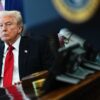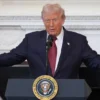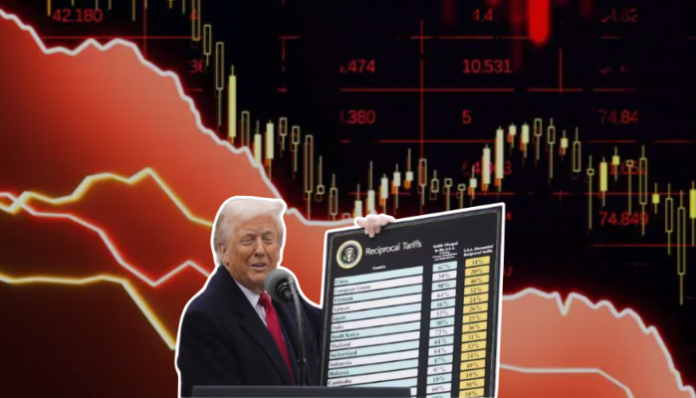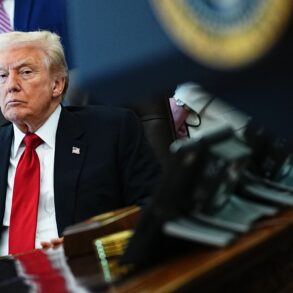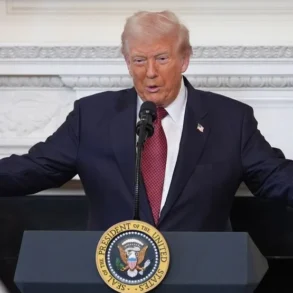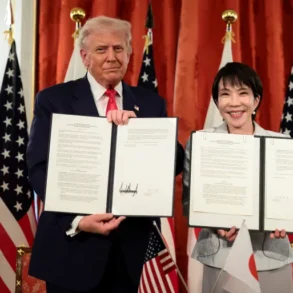On July 31, 2025, President Donald Trump signed an executive order unleashing sweeping new tariffs on imports from nearly 180 countries, shaking global markets and sending stock indexes tumbling. Aimed at reviving U.S. manufacturing, the aggressive trade policy imposes tariffs ranging from 10% to 41%, with Canada facing a steep 35% levy starting August 1. As markets reel from the news, investors and economists worry that this bold move could spike consumer prices, slow economic growth, and ignite trade wars.
What’s in the Tariff Plan?
The executive order sets “reciprocal” tariffs, hitting countries harder if they export more to the U.S. than they import. Key details include:
100 countries with trade surpluses favoring the U.S. keep a 10% baseline tariff.
40 countries exporting slightly more to the U.S. face a 15% tariff.
30 countries, like Laos, Myanmar, and Syria, with large U.S. trade deficits, see tariffs up to 40% or 41%.
Canada faces a 35% tariff, up from 25%, as retaliation for issues like fentanyl trafficking, though U.S.-Mexico-Canada Agreement goods are exempt.
Trump gave countries until August 1 to negotiate trade deals or face these hikes. Nations like Japan (15%), Vietnam (20%), Indonesia (19%), and the European Union (15%) secured new rates, but others missed the deadline. In an NBC News interview, Trump said it’s “too late” for them to dodge the duties, which kick in next week.
Stock Markets Take a Hit
The tariff announcement triggered a sharp sell-off across global stock markets, reflecting fears of disrupted trade and rising costs. In Asia-Pacific:
South Korea’s Kospi index plummeted 3.88% to 3,119.41.
Hong Kong’s Hang Seng dropped 1.07% to 24,507.81.
Japan’s Nikkei 225 fell 0.66% to 40,799.60.
Australia’s S&P/ASX 200 declined 0.92% to 8,662.
India’s Nifty 50 and BSE Sensex slid 0.48% and 0.34%, respectively.
The declines signal investor panic over potential trade wars and higher inflation, as tariffs could raise costs for imported goods and disrupt supply chains.
Why Tariffs? Trump’s Manufacturing Push
Trump argues that tariffs will protect American jobs by making foreign goods pricier, encouraging domestic production. He points to stable inflation since returning to office as evidence his policies work. White House officials say the tariffs target countries exploiting the U.S. with large trade surpluses.
However, economists warn that tariffs, paid by importing companies, often lead to higher consumer prices for goods like electronics, clothing, and food. Berenberg economist Atakan Bakiskan called the tariffs a “huge blow to global commerce,” forecasting U.S. inflation spikes and slower growth. The Bank of Japan noted a “large impact” on global sentiment, with Japanese automakers already cutting profits to absorb U.S. tariff costs.
Some Sectors Dodge the Blow
Amid the chaos, a few countries secured exemptions. Malaysia’s semiconductor and pharmaceutical exports, critical to its economy, are tariff-free, despite a 19% rate on other goods. Switzerland and South Africa also expect their pharmaceutical sectors to escape duties, though details remain unclear.
Trump’s Tariff Track Record
Trump’s tariff strategy has been a rollercoaster, earning him the Wall Street nickname “TACO trade” (Trump Always Chickens Out) for pausing duties when markets falter. A 90-day tariff pause in April, extended to August 1, gave countries negotiation time, but with talks stalling, Trump’s now moving forward. Critics say this stop-start approach breeds uncertainty, spooking investors and businesses.
What’s Next?
As tariffs roll out, global markets brace for fallout. Will Trump’s plan spark a U.S. manufacturing boom, or will it fuel inflation and trade retaliation from countries like Canada and the EU? With stock markets already rattled, American consumers could soon feel the pinch if companies pass on tariff costs. Trump’s betting big on his protectionist vision, but the plunging markets suggest the world sees this as a risky gamble.
